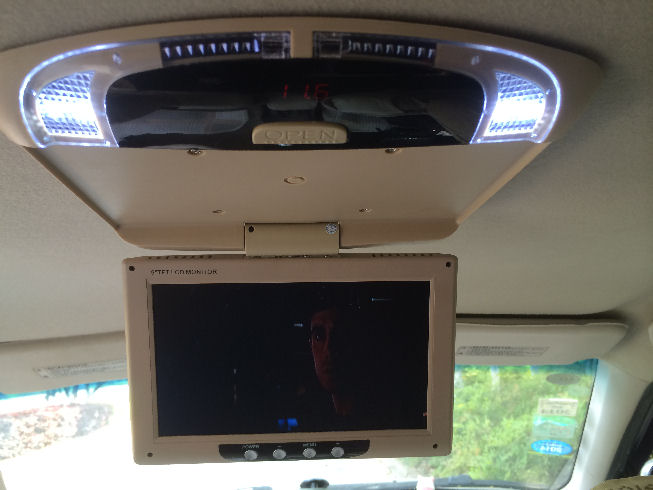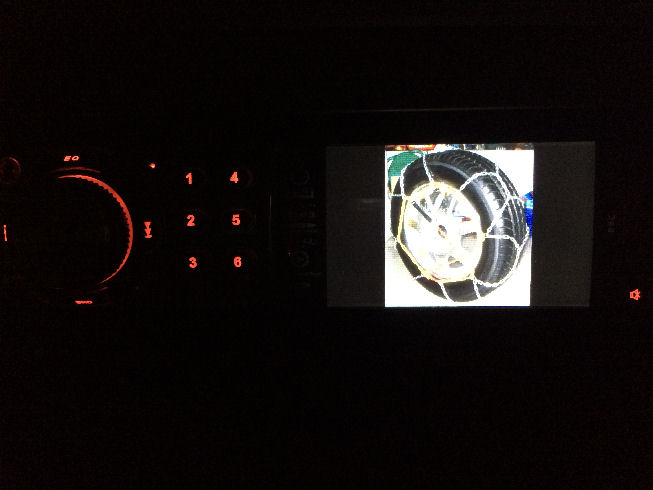Early this year, China has officially replaced the US as the #1 nation with the most number of cars, and the number is still growng fast. Many cities in China has become so congested that local governments are forced to impose limits on cars that can get on the streets based on license plate numbers. However, the traffic congestion in China should not be attributed to just the number of cars, but there are many other factors to consider. While there are also congestions in the US, they are not as bad as the ones in China, and they usually clear out fairly quickly once the cause is removed. Why is traffi so bad in China? And why would it last for a long time?
First, the number of cars in China is indeed increasing. According to a survey by StasAsia, China’s domestic car market is growing at least 10% a year! With that many new cars getting into the streets and roads every day, they are bound to congest up. The progress of street and road construction simploy cannot catch up with the production of new cars.
Second, old street that were built decades ago were not designed to handle the number of cars today. Even though many have been widened and fortified, they are still not enough for the new cars to park and run.
Third, local governments do not have the experience necessary to manage traffic effectively. Low efficiency has always been the trademark of local Chinese governments. And when they do get efficient, they tend to focus on activities that generate more revenue, e.g. tickets for illegal parking or speeding, and not on the actions to make traffic flow more quickly. They all like to invest a lot of money on traffic cameras, while I have not seen a single car-sensor controlled traffic light in China. Traffic control on a system level is very common in the US. For example, in the city that I lived in the US, Fremont, California, all traffic lighs are optimized to make most cars travel more efficiently on major roads, and spend less time waiting at red lights. Weight sensors, timers, time-of-day algorithms, are all implemented to achieve that goal at the system level. It’s just the opposite in China, every single traffic light is on a timer.
Forth, too many new drivers on the road! New car, new driver, new license. It’s a bad combination. And when many of these bad combinations combine on the streets, accidents happen – a lot. Accidents on congested streets with everyone rubber-necking, think about it, a definite nightmare scenario!
Fifth, and most importantly, Chinese drivers are taught some of the weirdest stuff in to get their licenses. For example, every driver in the US knows about the “blind area”, while such concept is not taught in traffic schools. Courtesy is also not something being taught. They have to memorize a lot of stuff like speed limis and signs, but the most basic stuff are forgotten. I personally did a little stat on one of my night bicycle rides, out of the 120 plus cars that I encountered, only 40 of them were on low-beam or turned to low-beam for me, while the rest blinded me with the high-beam.
Last, whoever said the Chinese people are patient? He must have not seen the Chinese driving. They are as impatient as everyone else in this world! And they lack the basic courtesy! Everyone wants to get ahead of every else, and nobody wants to be left behind. I have seen many cars intentionally driving slowly on two lanes to prevent other cars from passing; I have seen many cars squeezing other cars while combining lanes. Courtesy is a rare commodity in China.
With all these factors combined, the traffic situation in China has gone from OK to bad in the past few years. And it will grow even worse over the next 10 years, as far as I can see. Unless 3 or 4 factors out of the 6 that I mentioned above could change drastically, it will be all downhill from here.






































